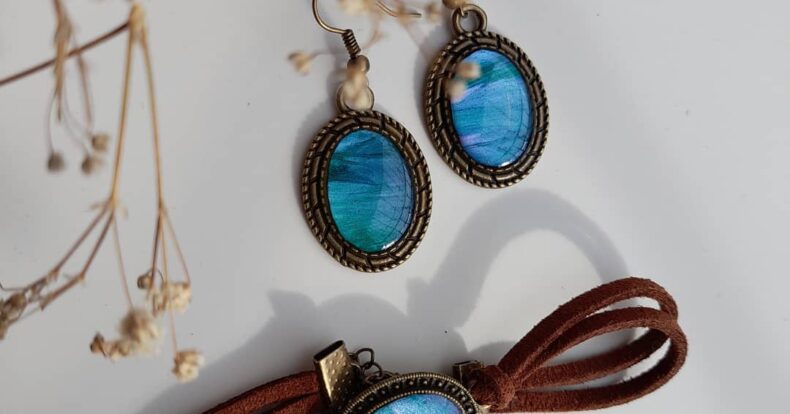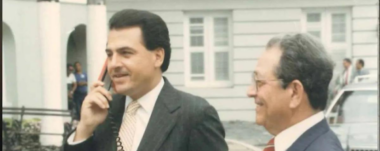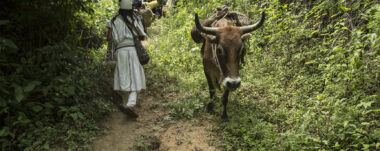Upcycling: a recycled art

Upcycling-Costa-Rica-Sensorial-Sunsets
Due to the large amounts of waste generated from human consumption, two distinct recycling movements have emerged. The first, downcycling, is the process through which materials are broken down for the creation of new products. The second process is upcycling, in which materials gain an added value in a new high quality product. Upcycling has found its niche in Costa Rica mainly in micro-businesses that apply their creativity for the sale of products.
When Waste Materials Become a Craft
This artistic expresion is not new, the movement began in past eras. In fact, Pablo Picasso and George Braque made use of it in the collages they created with the remains of newspapers or magazines at the begining of the 20th Century. However, the concept itself is coined in 2002 when William McDonough and Michael Braungart grant a definition to upcycling in their book “Cradle to Cradle”. This book attempts to create a new approach to how objects are made through redesign.
Recycled art can be found in a painting, in a sculpture, or, like in this case, in jewelry. Ecological values in regards to recycling and reusing the material have as much worth as the piece in itself. The creators who bet on this type of sustainable art, also known as upcyclers, are a current trend. One of the defining characteristics of this style is that it does not pertain to any particular discipline, but rather sees itself represented in all of them.

Upcycling in Costa Rica: The Case of Subjetiva
Although a great dose of creativity and a certain level of technique to work with these materials is needed, Raquel Campos, a young entrepreneur, decided to learn through trial and error in order to create a new jewelry line. Her initial motivation was to fundraise for a trip. In fact, her business’s original name was Fernweh, a German word that express the desire to travel far. She took advantage of the CDs her brother no longer used and sold her creations to friends and family. However, her success was bigger than imagined and strangers began making requests too. With her travelling goal fulfilled, it was time to rebrand her bussiness. This is where the name Subjetiva (subjective) arises, since it represents the way in which everyone can express themselves through accesories.
Raquel Campos’ intention is to create personalized products, work as a team, and obtain a result from the fusion of ideas. The word that best reflects this brand is “self-expression”.
At the beginning, the process consisted in cutting out the desired shapes out of the CDs. Even so, the material did not allow to do this with ease. Due to this, the idea of painting first over the CDs so that the resulting fragments are already decorated came up. These creations are also composed of fragments covered with resin for a more elegant finish.
Her clients do not find the pieces attractive merely because of their artistic value, but also because because they appreciate how a small business owner is seeking to aid in the well-being of the planet with the objective of giving a second life to a material that would otherwise go to waste. That is, to provide an educational tool to raise awareness in society about the consequences of our acts in the environment and the importance of recycling. At the same time, she created a relationship beyond seller and buyer in which it was the buyers themselves who wished to donate unused CDS for the creation of the collection.
A Conscientious Future
Upcycling provides a space in which everyone can find their way to express their true self, create their own definition of beauty, of success, and even happiness. This type of art opens way to articles that are unique and innovative, following fashion trends without generating waste. One of the proposals of upcycling is conscientization. The consumer of this type of art not only finds the words attractive because of their artistic value, but also because they also have an image of contributing to the wellbeing of the planet. The upcycling movement, it transforms into an educational tool about the consequences of our acts on the environment and the importance of recycling. Whether it is with the intention of transmiting a critical message about consumism, or being capable of entrepreneurship without the need to invest in materials, upcycling is here to stay.
In Synthesis
- Upcycling arises within Costa Rican art with an ecological and economical motivation. An upcycling entrepreneurship in Costa Rica is Subjetiva. Raquel Campos, with her small business Subjetiva, creates jewelry with unused CDs. Art transforms into an educational tool on the consequences of our acts on the environment.
- An upcycling venture in Costa Rica is Subjetiva.
- Raquel Campos, with her venture Subjetiva, creates jewelry with discarded CDs.
- Art that becomes an educational tool about the consequences of our actions on the environment.
Bibliography
https://www.iberdrola.com/cultura/arte-reciclado
Authors
Zelda Walters and Angie Loveday in collaboratión withRaquel Campos.
Instagram: @subjetivacr
Navigate articles





